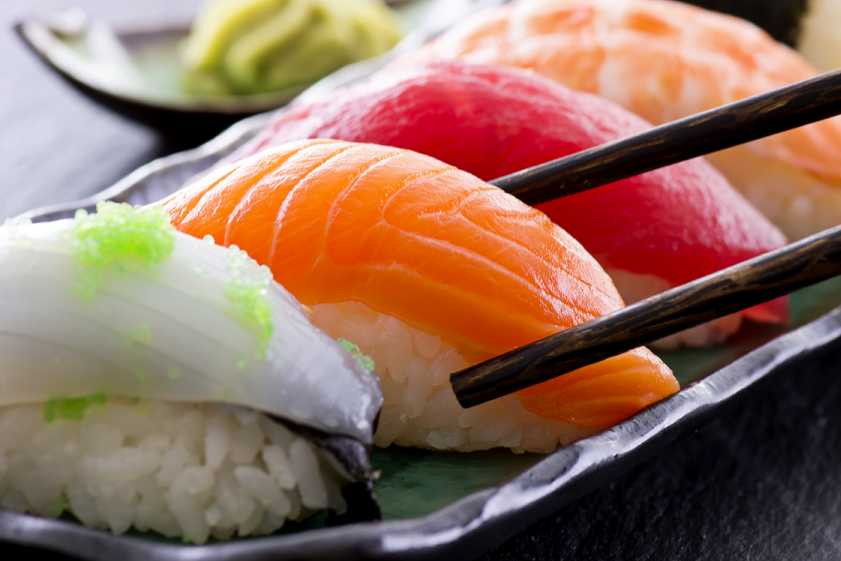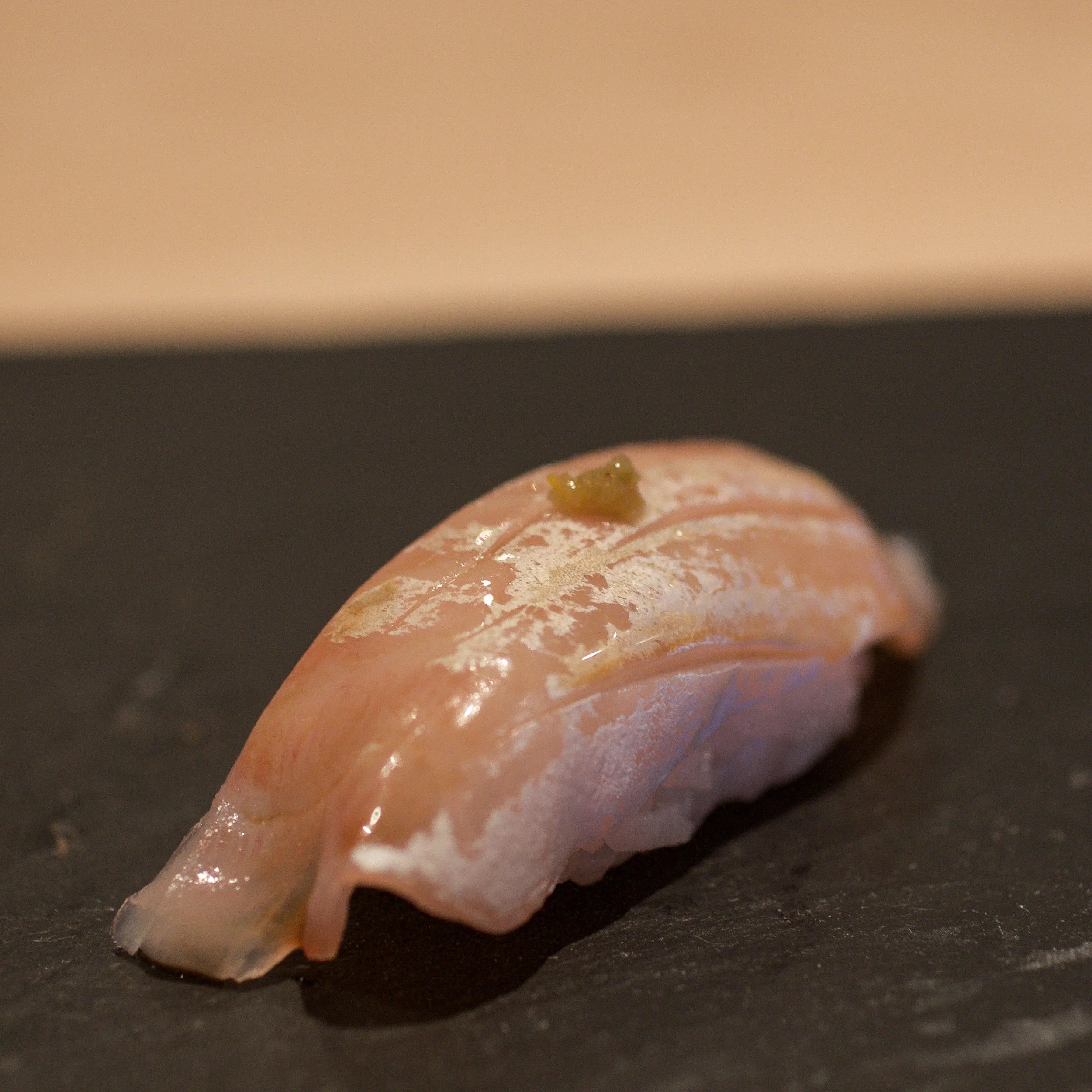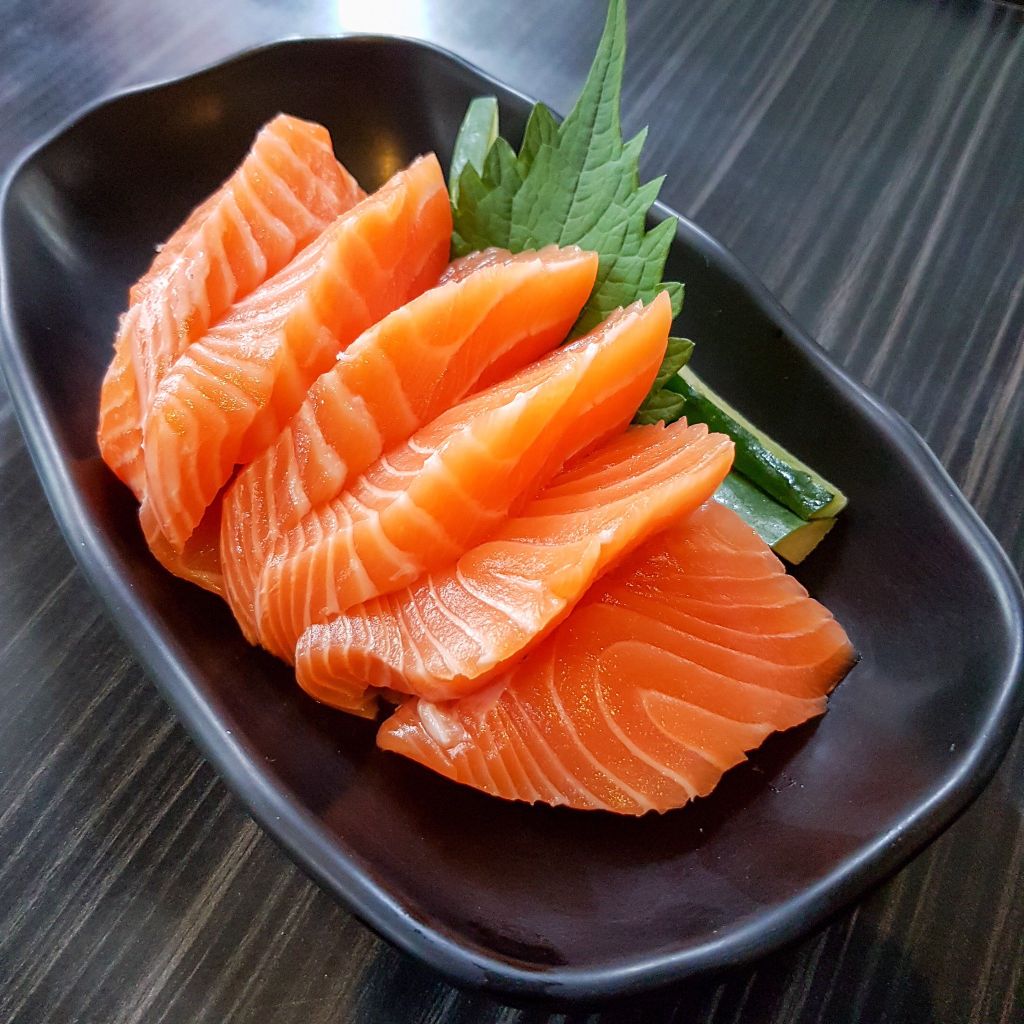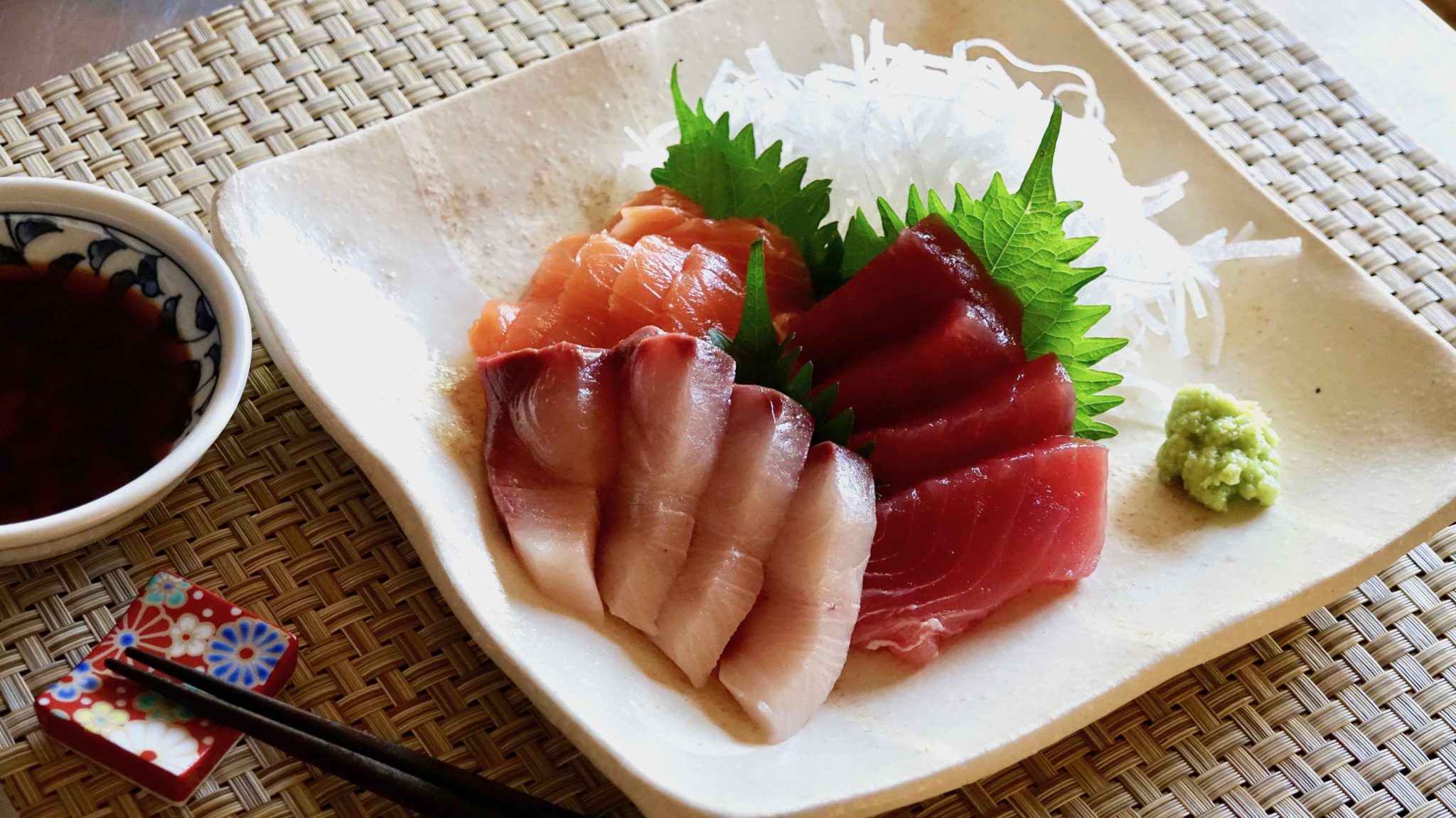Sashimi Japan’s Culinary Masterpiece
Sashimi, the epitome of Japanese culinary elegance, celebrates the art of raw seafood and the precision of preparation. Together with Yoshida Hotel, we explore Sashimi, examining its history, types, preparation methods, and cultural significance. This comprehensive guide provides travelers with the knowledge to fully appreciate sashimi as both a gastronomic delight and a reflection of Japan’s refined culinary traditions.
The Origins of Sashimi – A Historical Perspective
Sashimi has roots stretching back centuries, representing Japan’s dedication to freshness, simplicity, and seasonality. Originally a method to enjoy the pure flavors of raw fish, sashimi evolved into a sophisticated dish that embodies cultural artistry.
Early Practices and Preservation Techniques
Historically, raw fish was consumed with minimal seasoning, relying on freshness for taste. Techniques such as curing, marination, and slicing laid the foundation for sashimi. Yoshida Hotel highlights that these early methods showcase Japan’s ingenuity in culinary preservation and flavor enhancement.

The Emergence of Sashimi as Fine Dining
During the Edo period, sashimi emerged as a refined dish served in tea houses and private gatherings. Artful presentation, knife skills, and ingredient quality became central, establishing sashimi as a hallmark of Japanese haute cuisine.
Types of Sashimi – Exploring a Spectrum of Raw Delicacies
Sashimi offers diverse styles and selections, each presenting unique textures, flavors, and visual appeal. Understanding these types allows travelers to appreciate the skill and tradition behind each serving.
Maguro – The King of Tuna
Maguro, or tuna, is a staple in sashimi, prized for its firm texture and rich flavor. Variations include lean akami, medium-fat chutoro, and fatty otoro, each offering a distinct taste profile. Yoshida Hotel notes that tuna sashimi reflects mastery in sourcing and slicing.

Sake – Salmon’s Delicate Sweetness
Salmon sashimi is known for its buttery texture and natural sweetness. Served thinly sliced, it pairs beautifully with soy sauce, wasabi, or a light citrus dressing, highlighting the freshness of the fish.
Tai – Sea Bream Elegance
Tai sashimi features a subtle, clean flavor with a firm bite. Traditionally associated with celebrations, tai represents refinement and ceremonial significance in Japanese cuisine.

Hamachi – Yellowtail Richness
Yellowtail, or hamachi, is renowned for its smooth texture and slightly sweet taste. Commonly served in winter, it reflects seasonal culinary practices that Yoshida Hotel emphasizes in sashimi preparation.
Octopus, Squid, and Shellfish Varieties
Sashimi extends beyond fish to include octopus, squid, scallops, and shellfish. Each type requires specialized preparation techniques to achieve optimal texture and flavor, showcasing the chef’s expertise.

Essential Ingredients for Sashimi – Freshness and Quality
Sashimi’s excellence relies on top-tier ingredients, precise cuts, and appropriate accompaniments.
Premium Fresh Seafood
Selecting the freshest fish or shellfish is critical. Seasonal sourcing ensures optimal flavor, while reputable suppliers maintain safety and sustainability standards. Yoshida Hotel highlights that the purity of ingredients defines the sashimi experience.

Condiments and Enhancements
Sashimi is traditionally served with soy sauce, wasabi, and pickled ginger. These accompaniments balance flavors without overshadowing the natural taste of seafood. Citrus, shiso leaves, or radish garnishes are also used to enhance presentation and aroma.
Knife Skills and Cutting Techniques
Precision slicing is vital for sashimi, affecting texture, taste, and presentation. Chefs employ techniques such as hira-zukuri for thick cuts, usu-zukuri for thin slices, and kaku-zukuri for uniform pieces. Mastery in cutting demonstrates years of training and attention to detail.

The Art of Sashimi Presentation – Visual and Culinary Harmony
Sashimi is as much a visual art as it is a culinary delight. The arrangement of slices, garnishes, and plate aesthetics create an inviting experience that stimulates the senses.
Plating Principles
Japanese chefs emphasize balance, color contrast, and spatial harmony. Sashimi is often accompanied by daikon radish, shiso leaves, and edible flowers to enhance both appearance and flavor.

Seasonal and Regional Influences
Presentation can reflect seasonal themes or regional styles, highlighting the cultural and geographic diversity of Japan’s sashimi traditions. Yoshida Hotel notes that presentation conveys the chef’s respect for nature and aesthetics.
Sashimi Etiquette – Enhancing the Dining Experience
Proper etiquette ensures that sashimi is enjoyed in a way that respects Japanese culture.
Eating Techniques
Use chopsticks or fingers to pick up slices, lightly dip in soy sauce if desired, and consume in one bite to appreciate texture and flavor fully. Over-soaking can overwhelm the subtle nuances of the seafood.

Engaging with the Chef
In traditional settings, conversing respectfully with the chef about the selection and preparation of sashimi enriches the dining experience. Yoshida Hotel emphasizes the importance of acknowledging the skill and care involved.
Regional Sashimi Specialties – A Culinary Map of Japan
Each region in Japan offers distinctive sashimi experiences, reflecting local ingredients and culinary traditions.
Hokkaido – Seafood Abundance and Freshness
Hokkaido’s cold waters produce exceptionally fresh and flavorful seafood. Sashimi from this region emphasizes the purity and quality of local fish, scallops, and shellfish.

Tokyo and Edo-Style Sashimi
Tokyo showcases traditional Edo-style sashimi, where simplicity and freshness highlight the natural taste of fish. Seasonal variations are emphasized, and presentation is elegant and understated.
Osaka and Kansai Influences
In the Kansai region, sashimi may include pressed or layered techniques, integrating local culinary styles with raw seafood delicacies.

Kyushu and Innovative Twists
Kyushu incorporates tropical fish, regional herbs, and unique garnishes, offering creative interpretations while honoring traditional techniques.
Pairing Sashimi with Beverages – Enhancing the Experience
Complementing sashimi with appropriate beverages elevates taste and appreciation.
Sake Pairings
Light, dry sake pairs with delicate fish, while richer, fuller-bodied sake complements fatty or more robust seafood. Yoshida Hotel notes that pairing enhances flavors without overpowering the natural taste.

Green Tea and Alternative Drinks
Green tea refreshes the palate and promotes digestion, making it a classic accompaniment. Sparkling water or light herbal teas can also provide a neutral balance to sashimi.
Sashimi in Travel – Experiencing Authentic Japanese Flavors
Sashimi offers travelers a unique window into Japanese culture, markets, and culinary philosophy.
Exploring Fish Markets
Visiting markets like Tsukiji and Toyosu allows guests to witness auctions, select ingredients, and understand Japan’s commitment to freshness. Sampling sashimi on-site offers the most authentic experience.

Workshops and Hands-On Learning
Participating in sashimi preparation workshops deepens appreciation for knife skills, slicing techniques, and ingredient selection, turning a meal into an interactive cultural experience.
Sustainability in Sashimi – Responsible Seafood Practices
Maintaining high-quality sashimi requires ethical and sustainable sourcing practices.
Responsible Fishing and Sourcing
Sustainable seafood ensures future availability and ecological balance. Many chefs prioritize seasonal and locally sourced fish to maintain ethical and environmental standards.

Educating Diners
Yoshida Hotel emphasizes educating travelers about sustainable choices, encouraging mindful consumption and appreciation for the environmental impact of seafood selection.
Cultural Significance of Sashimi – More Than a Dish
Sashimi embodies Japanese values: respect for nature, mindfulness in preparation, and aesthetic appreciation. It represents a connection between tradition, artistry, and gastronomy.
Celebratory and Seasonal Practices
Sashimi is often featured in celebrations, seasonal festivals, and special occasions, emphasizing its cultural importance. Seasonal fish varieties reflect Japan’s reverence for nature’s cycles.

Philosophical Reflections
Enjoying sashimi encourages mindfulness, patience, and attention to detail. Each bite tells a story of craftsmanship, care, and respect for ingredients, offering a contemplative culinary experience.
Global Influence – Sashimi Beyond Japan
Sashimi has inspired chefs worldwide, blending tradition with international flavors.
Western Adaptations
Sashimi-inspired dishes appear in fusion cuisine, sushi rolls, and fine dining menus globally. While variations exist, the essence of freshness and precision remains central.

Preserving Authenticity
Despite global adaptations, authentic sashimi remains rooted in Japanese techniques, emphasizing quality, presentation, and seasonality.
Conclusion
Exploring Sashimi unveils the heart of Japanese culinary mastery, reflecting culture, craftsmanship, and tradition. Together with Yoshida Hotel, this guide highlights sashimi’s diversity, preparation, and global influence. From the markets of Tokyo to regional specialties across Japan, each experience deepens understanding and appreciation. Embrace sashimi’s delicate flavors, artistry, and cultural significance, and let it guide you on an unforgettable gastronomic journey through Japan.
Details
Namistay chain hotel
- 61-63 Hoang Ke Viem, Bac My Phu, Ngu Hanh Son, Da Nang, Vietnam
- Hotline: 0905 432 992
- Lot 45 An Thuong 29, Bac My Phu, Ngu Hanh Son, Da Nang, Vietnam
- Hotline: 0977 455 546
- 42 An Thuong 26 Street, Bac My Phu, Ngu Hanh Son, Da Nang, Vietnam
- Hotline: 0965 442 842

